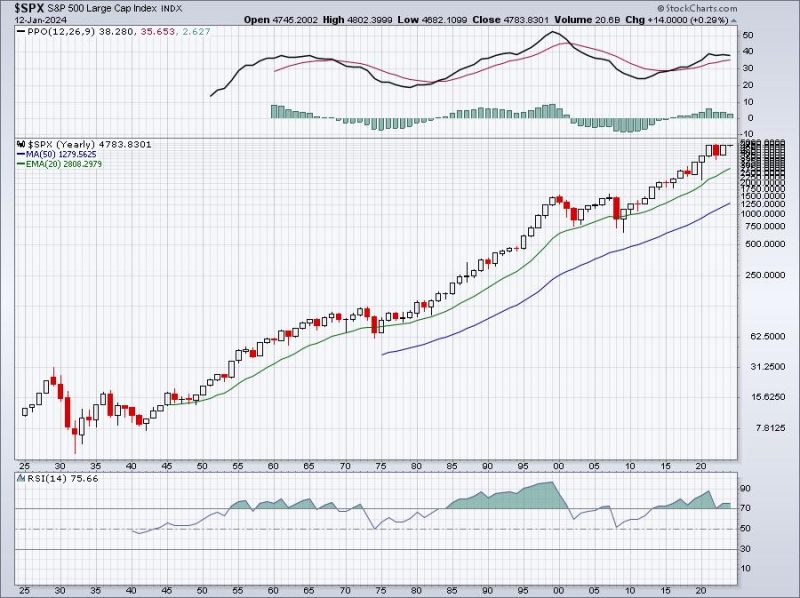The world of technology stocks has always been a rollercoaster ride, with high peaks and deep valleys. The allure of these stocks is undeniable, with their potential for exponential growth and the promise of being part of the next big thing. However, a careful examination of history and a shift in perspective may suggest that it’s time to lower our expectations for technology stocks.
Firstly, let’s delve into the historical performance of technology stocks. The dot-com bubble of the late 1990s is a stark reminder of the volatility and risk associated with these stocks. During this period, technology stocks soared to unprecedented heights, only to crash spectacularly in the early 2000s. Many investors who had high expectations were left with significant losses. This historical event serves as a cautionary tale, reminding us that while technology stocks have the potential for high returns, they also carry significant risk.
Moreover, the recent performance of technology stocks also suggests a need for tempered expectations. While the tech sector has seen impressive growth over the past decade, there are signs that this growth may be slowing. For instance, the NASDAQ Composite, a stock market index heavily weighted towards technology companies, has shown signs of stagnation in recent months. This could indicate that the rapid growth phase for many technology companies is coming to an end.
A shift in perspective also supports the argument for lower expectations. The technology sector is no longer the new, uncharted territory it once was. Many of the major players are now established companies with mature business models. As such, the potential for exponential growth that was once associated with these companies may no longer be realistic.
Furthermore, the competitive landscape of the technology sector is changing. Emerging markets and increased competition from overseas companies are posing new challenges for established tech giants. This increased competition could potentially limit growth and profitability for these companies in the future.
Additionally, the regulatory environment for technology companies is becoming increasingly stringent. Governments around the world are implementing stricter regulations on issues such as data privacy and antitrust, which could impact the profitability of technology companies. These regulatory challenges further underscore the need for more conservative expectations.
Lastly, the valuation of technology stocks is another factor to consider. Many technology stocks are currently trading at high multiples, which suggests that future growth expectations are already priced in. This leaves little room for error and increases the risk of disappointment if these companies fail to meet these high expectations.
In conclusion, while technology stocks still hold potential for growth, both historical evidence and a shift in perspective suggest that it may be time to lower our expectations. The lessons from the dot-com bubble, the changing competitive landscape, increasing regulatory challenges, and high valuations all point towards a need for more conservative expectations for technology stocks. As always, investors should carefully consider their risk tolerance and investment goals before making investment decisions.

